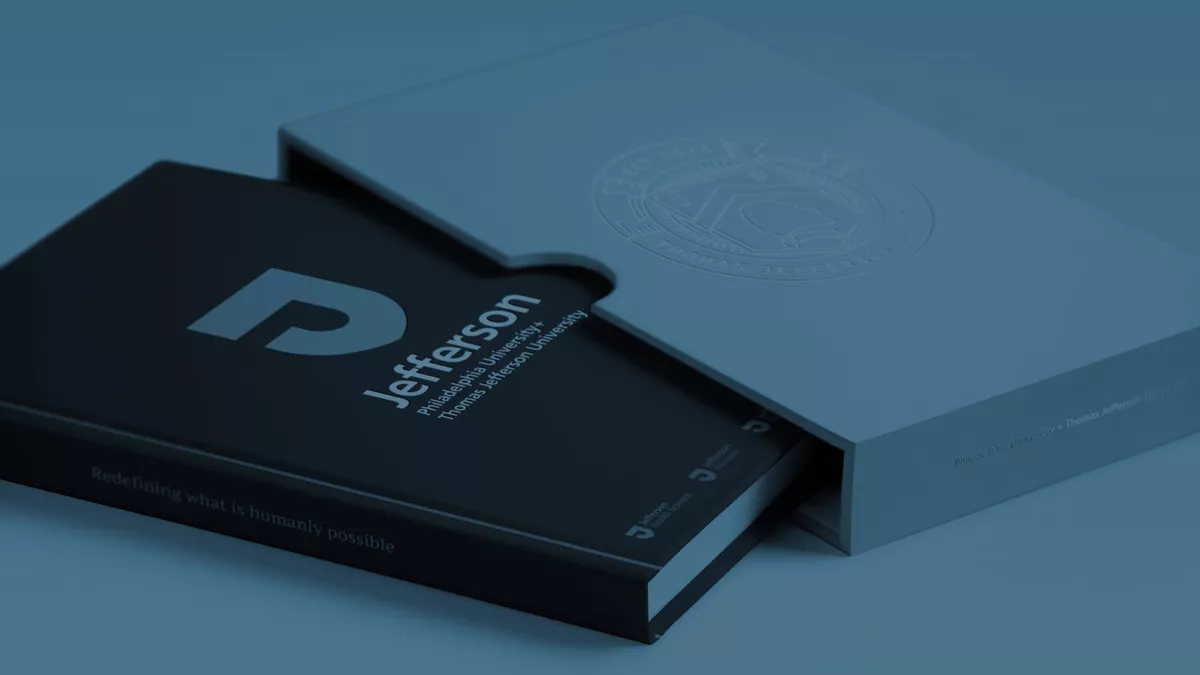Jefferson
- View other case studies related to - Purpose & positioning
- View other case studies related to - Brand & portfolio architecture
- View other case studies related to - Internal brand (EVP & employee)
- View other case studies related to - Visual & verbal identity
- View other case studies related to - Education & Publishing
- View other case studies related to - New York
Redefining education in the birthplace of disruption
Philadelphia University (PhilaU), a small private school, needed to scale its distinctive approach to education—Nexus Learning. Across town, health sciences leader Thomas Jefferson University (TJU) was pushing for national recognition. Both universities identified an opportunity to leverage their individual strengths as well as their shared emphasis on experiential education and the principles of design thinking, to meet their respective goals. They decided to create a single institution that would redefine and revolutionise education with collaborative, hands-on practice while fostering transdisciplinary learning.
The two schools shared a similar teaching philosophy but the subjects their students were learning differed in many ways. As part of the merger, there were concerns about each institution maintaining its areas of speciality as a combined university. It would be necessary to deliver a singular brand that students, faculty, alumni, and donors could rally around. FutureBrand realised that in order for this new higher ed institution to be accepted, each side needed to see itself in the integrated university. We united the institution under one name—Jefferson—and created a logo and visual identity that honoured each school’s history while signalling a unified mission for real-world education. The resulting brand reflects the new university's vision and reinforces its multidisciplinary excellence. The school’s codified brand architecture, flexible visual identity, and inclusive name signal a fresh, forward-thinking vision to students who share this future-focused ethos.





















